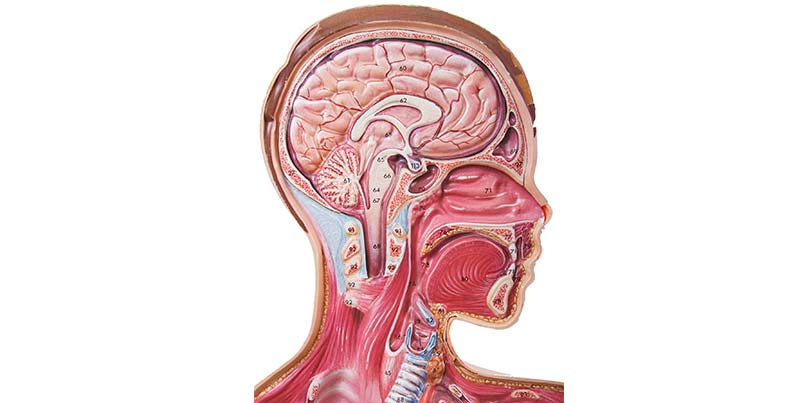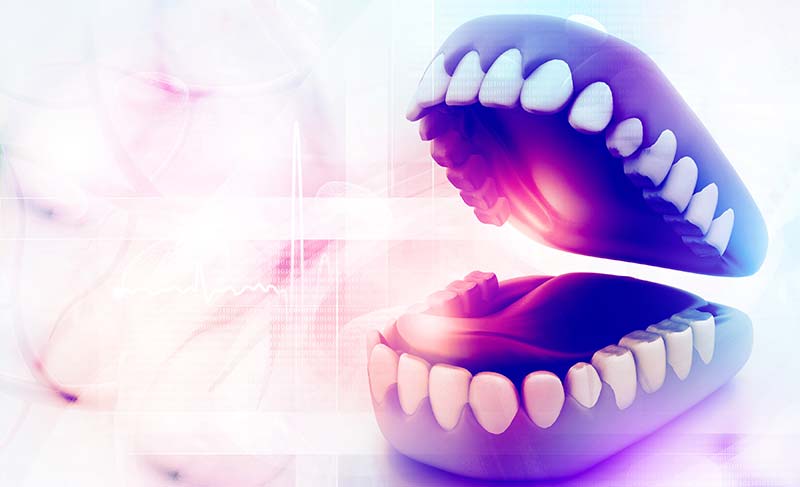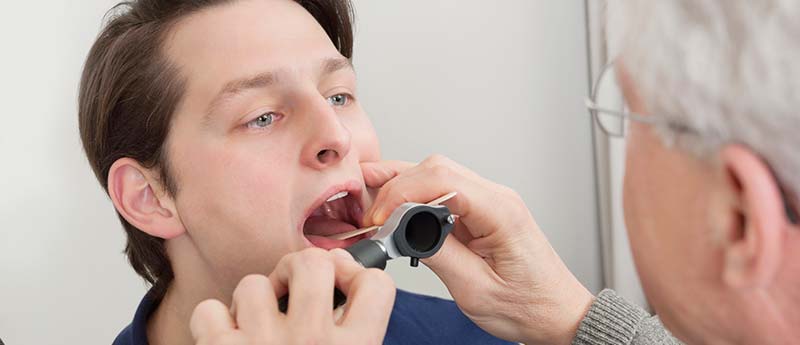
The purpose of this procedure is to restore proper airflow enough to improve sleep and overall quality of life as much as possible.
Uvulopalatopharyngoplasty (UPPP) is a tissue removal procedure sometimes recommended for individuals with sleep apnea, a condition characterized by breathing disruptions while sleeping. UPPP involves the removal of tissue from the soft palate and other structures in the back of the throat.
What Exactly Is UPPP?
Uvulopalatopharyngoplasty is so-named because one of the tissues removed is usually the uvula. This is a finger-shaped piece of soft tissue that hangs down in the back of your mouth into your throat area. A portion of the soft palate, located along the roof of the mouth, is usually removed as well. The tonsils and adenoids are sometimes removed when UPPP is performed to further improve airflow. If a small part of the tongue is also removed, the procedure is referred to as uvulopalatopharyngoglossoplasty.


Why Is It Done?
UPPP typically becomes an option if you have obstructive sleep apnea (OSA) that’s aggravated by excess tissue. The procedure may also be suggested if you’ve tried CPAP therapy without success, or if you find sleeping with a mask uncomfortable. Additionally, UPPP is sometimes recommended if a tracheostomy has been discussed and you prefer not to have an artificial breathing hole created in your neck.
What Happens During Surgery?
UPPP is usually performed under general anesthesia. During the surgery, specialized instruments are used to safely remove excess tissue. The procedure is sometimes combined with a type of jaw surgery that’s done to move the tongue forward (maxillomandibular advancement). When this combination of procedures is done, it’s referred as the “Stanford Protocol,” which a two-phase process. Some patients benefit from what’s sometimes called a “toned down” UPPP. If this is the case, only the tonsils and adenoids may be removed. Another option is just to remove the uvula.
What Can You Expect After UPPP?
Immediately after surgery, you’ll be given medication to help with any lingering pain as tissues heal. On average, it takes about 2-4 weeks to fully recover from a UPPP procedure, although factors such as the extent of tissue removal and your overall health will also determine the duration of your post-surgery healing period.
Some people do experience a noticeable reduction in sleep apnea episodes after UPPP. However, it’s also possible to only have snoring stopped altogether but still have occasional issues with sleep apnea. For this reason, you may still need to use a CPAP machine after surgery. You’ll have follow-up visits post-surgery to check on the progress with healing. This is also when you can discuss any unexpected issues may be experiencing, such as changes with how food tastes or problems with swallowing.
Before considering a uvulopalatopharyngoplasty at Nasal & Sinus Surgery Center, you may be advised to try using a CPAP device if you haven’t done so already to see if you notice improvements. Also, if you have excess weight, you may be able to improve your odds of responding well to UPPP if you make an effort to shed excess pounds before considering this procedure. Some other illnesses or underlying health issues may also need to be taken into consideration when deciding if UPPP is right for your situation.
